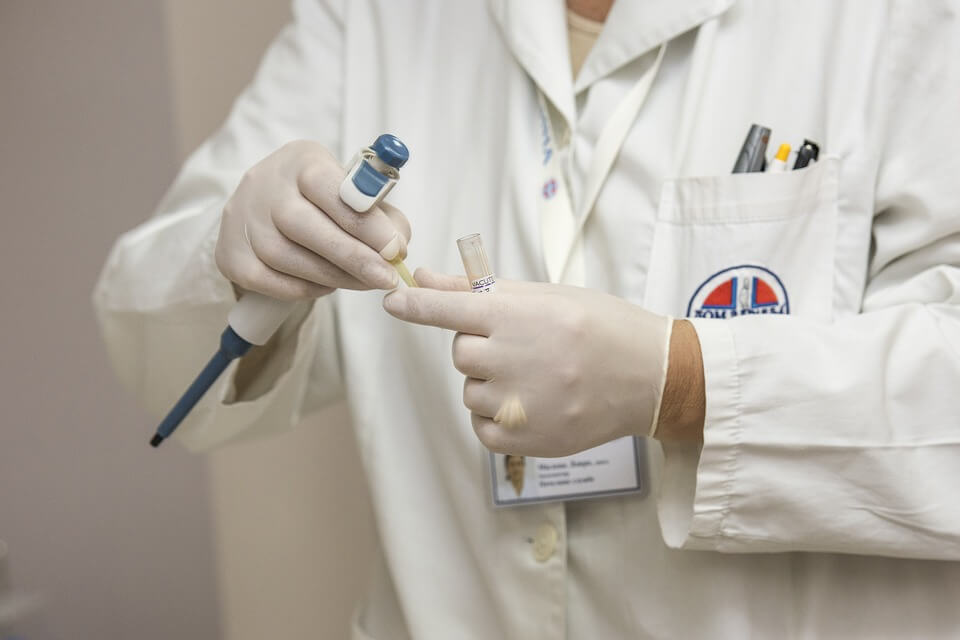What does the term “medical fraud” conjure up in your mind? Do you picture a questionable-looking character going door to door, soliciting personal information of Medicare beneficiaries? Maybe you see a fake doctor administering tests to unsuspecting patients in a dingy medical facility.
Sure, these exaggerated caricatures aren’t out of the realm of possibility, but it’s often the case that fraud in the healthcare industry is much subtler, to the point that it can occur to almost anyone without their knowledge. It even happens in the sleekest looking medical facilities, and it can be perpetrated by professionals that one would seldom suspect of being a fraudster.
One of the most “subtle” and common forms of medical fraud has a name that belies its simplicity. It’s called upcoding, and while that might sound like a boring, complicated system, it’s quite easy for a medical professional to do.
Upcoding is the practice of billing for services other than those provided. It some cases, it’s essentially just overbilling, and it’s one of the easiest ways for a provider to earn a little extra money without risking being noticed by the authorities or by patients.
Before we look at just how prevalent this practice is, it’s important to understand that virtually every medical service has a code to which it is associated. These codes are very specific, and a provider lists the code of the service they provided their patient either to the patient themselves or to the insurance company that will pay for the service.
When a doctor is guilty of upcoding, it means that they provided a different code than the one representing the service that was provided. While some forms of upcoding are blatant, and could easily be spotted by someone who simply took the time to notice, others are so slight that they would go undetected unless someone was paying close attention.
For example: You see your doctor for a checkup. You schedule your appointment, sit patiently in the waiting room, see your doctor for about 10 minutes, pay your co-pay and you go home. Meanwhile, your doctor has billed you for pretty much exactly what transpired during your visit, with one major exception. Instead of billing you for the 10 minutes he spent with you, he bills you for a much longer period of time. You likely never looked at your bill, and it would be difficult for an insurance provider to say that he didn’t spend that extra 20 minutes in your presence.
These face-to-face interactions are some of the easiest for a doctor’s office to “fudge” the numbers ever so slightly in a way that is difficult for anyone to dispute. When time or, more specifically, face-to-face interactions are the services being billed for, it leaves a much larger margin for error or, in this case, for fraud.
In addition to face-to-face time, upcoding can also occur when services billed are simply inflated versions of the service provided, whether that be a test or a treatment of a patient. In these cases, even some of the most medically savvy or attention-detailed patients might not catch the fact that they paid for something that doesn’t reflect what they received.
Upcoding is so common, in part, because it is so easy to do without getting caught. Investigators are always on the lookout for upcoding as one of the first signs of a fraudulent medical provider. For the aforementioned reasons, it’s not always easy to discover upcoding without the cooperation of someone who is familiar with the services and billing practices of a facility. This is one of the reasons that whistle blowers are so important to the process, and it’s also one of the reasons that whistle blowers are often employees of the company or facility that has committed fraud.
And that’s the simple story of one the grossest and most widespread forms of medical fraud in the United States. While we don’t know exactly how much money is taken from programs like Medicare because of upcoding, investigators suspect that it is very significant and it is common.
So, pay attention the next time you look at your medical bill. The chances are good that your facility was completely justified in the amount that you were charged, but there is also a slight chance that there is something there that is just a little off – and that slight difference might be part of a larger system that defrauds patients and costs taxpayers vast sums of money.
Bert Louthian is a whistleblower attorney in South Carolina who focuses on helping those who have been wronged, or who have witnessed wrongdoing to come forward to report fraud. He can be reached by calling or visiting his website –thewhistleblowerlawyer.com
Read Also:





















